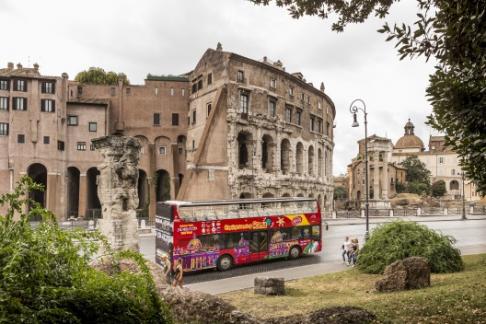Free
Support

Highlights Get up close and personal with your favourite celebrities including movie stars, musicians and athletes. ‘Spirit of Singapore’ is Madame Tussauds’ first ever boat ride that gives you the opportunity to travel through a fantasy, tropical garden, onto the F1 Singapore race track and Changi International Airport. Leanr about the amazing history and development of Sinapore Ticket Includes Fast Track entry to Madame Tussauds Singapore. Spirit of Singapore Boat Ride. Marvel 4D (If option is selected) Ticket Excludes Transport Food & Beverages
FlyView Paris A very unique virtual reality experience where you can fly high over the city of Paris. You will feel like you are actually flying thanks to the immersive VR technology. Being able to see famous monuments from a totally new persperctive. Sightseeing Cruise The Compagnie des Bateaux-Mouches® makes a point of honour only to serve dishes prepared only from products selected each morning and cooked ready to serve. All the tables are situated next to the picture windows to allow everyone to enjoy Paris with all modern conveniences. All our boats have an open deck, which affords a magical, all-round view of the City of Light. Cruise commented in up to 10 languages* Free itinerary translated in 25 languages Boats with an open upper deck 1h10 mns cruise * Languages: French, English, Spanish, Italian, German, Russian, Chinese, Japanese, Korean.
EXPERIENCE THE MAGNIFICENT VIEWS OF SEDONA! Travel up in elevation towards the Mogollon Rim to gain a panoramic view of Sedona and the Verde Valley. Majestic red-rock formations blaze the trail for scenic beauty and rugged exploration. These larger-than-life views of the lowland desert combined with the evergreen forest of the high plateau provide you with an array of fabulous photo opportunities.
Amsterdam Day Tour - From Brussels Departure: 09.00 Duration: 11 hours 30 minutes Languages available : English, French, Spanish Holland is only at a stone’s throw away from Brussels. Don’t miss the opportunity to visit bustling Amsterdam! Once you have crossed the border, you will admire pastoral polder landscapes and a multitude of windmills. Upon arrival in Amsterdam the tour will visit a local crafts center where see the production of Holland’s pride: traditional cheeses and clogs. Time for a short photo break near a traditional quaint Dutch windmill. The tour continues to the heart of Amsterdam, passing the Dutch National Bank and the former Heineken brewery museum. You can embark on an optional guided boat tour that takes you along Amsterdam’s picturesque canals. This is an unforgettable way to discover the old city and it is undoubtedly the number one attraction of Holland’s capital. Next stop: the tour now takes you to Amsterdam’s most famous square called the “DAM”. The guide takes you on a brief guided walk to the Royal Palace and other highlights of the city. Then it is time for some free time. Stroll along the shopping streets, visit the flower market. Just enjoy!
This boat trip can be booked as a private trip for that very special occasion.
You'll start with an awe-inspiring drive into the famous Skippers Canyon. At Deep Cove you'll meet you rafting guides, practice your skills before you jump on board the rafts to take on the rapids. The mighty Shotover comprises of 6 rapids graded from 3-5 that vary with river levels. With names like Aftershock, Squeeze, Toilet and Pinball you can imagine the fun that's going to unfold. Get down, hold on and enjoy! YOU SHOULD BRING: Swim wear Towel Closed and secure shoes for the Nevis Swing Warm clothes during winter periods
